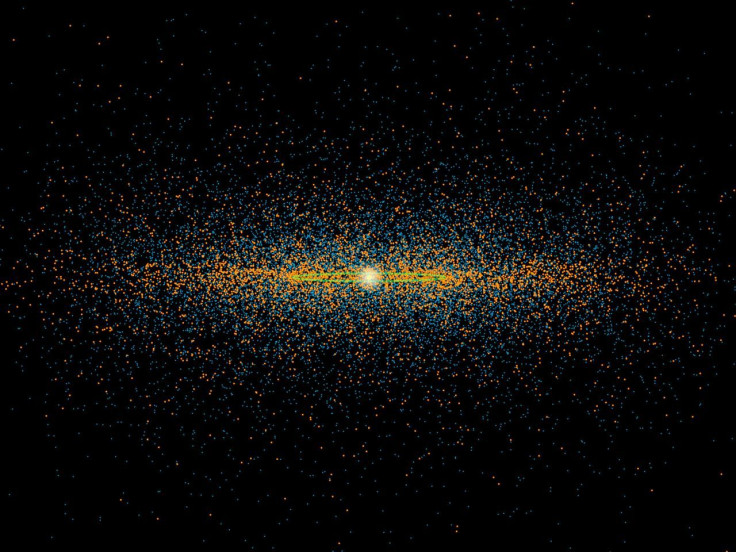16 Asteroids To Make Close Approaches To Earth This Week
KEY POINTS
- 16 NEAs will be passing by the planet this week
- The biggest among the asteroids is as tall as the Statue of Liberty in New York
- 2020 TD8, the smallest NEA to pass by, is included in the ESA Risk List
As October draws to a close, a whopping total of 16 asteroids is set to pass by Earth this coming week, according to NASA's Center for Near-Earth Object Studies (CNEOS).
The month of November is just around the corner, and Near-Earth Asteroids (NEA) will be passing by more than ever this month. NEAs of various sizes and distances are making their way toward the planet, making the coming week jam-packed.
According to the Close Approach Data Table from CNEOS' site, one of the NEAs set to zip by the planet is said to be as tall as the Statue of Liberty (305 ft). The said asteroid, identified as 2020 TR2, has a diameter of about 301 ft. and will be making its way past the planet at 1:33 p.m EDT, Thursday.
Fortunately, 2020 TR2 has not been included in the European Space Agency (ESA) Risk List. At a distance of almost 2,000,000 miles from Earth's surface, this NEA will be safely passing by at a speed of eight miles per second.
Meanwhile, the smallest of the asteroids to pass by are 2020 TD8 and 2020 UN5. With diameters as small as 36 ft, these two are only about as tall as a telephone pole whose standard size is at 36 ft (11 m). The two NEAs are expected to make their fly by Tuesday and Friday, respectively.
The major difference between the two smallest NEAs is their distance when they make their close approach this week. 2020 TD8 will be zipping by at a distance of just 384,000 miles from the planet's surface. The NEA will be the closest to flyby among the 16 asteroids and has been included in the ESA Risk List. 2020 UN5, on the other hand, will be safely zipping by Earth 2,000,000 miles away.
2020 TD8 will be making its close approach at 4:40 a.m. EDT, Tuesday, while 2020 UN5 can be expected at 3:40 p.m., Friday.
Another noteworthy asteroid making its way towards the planet is 2005 UV64. First observed more than 10 years ago (Oct. 31, 2005), this NEA will be making its close approach to Earth at 11:33 a.m. EDT Tuesday.

© Copyright IBTimes 2025. All rights reserved.




















